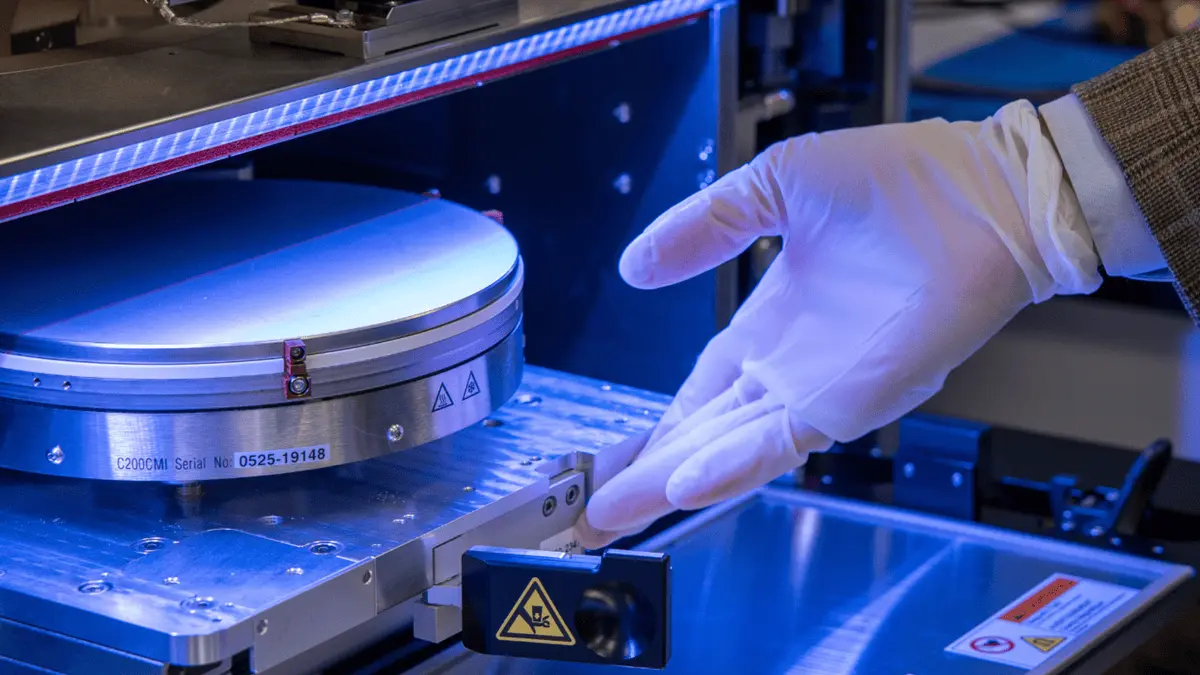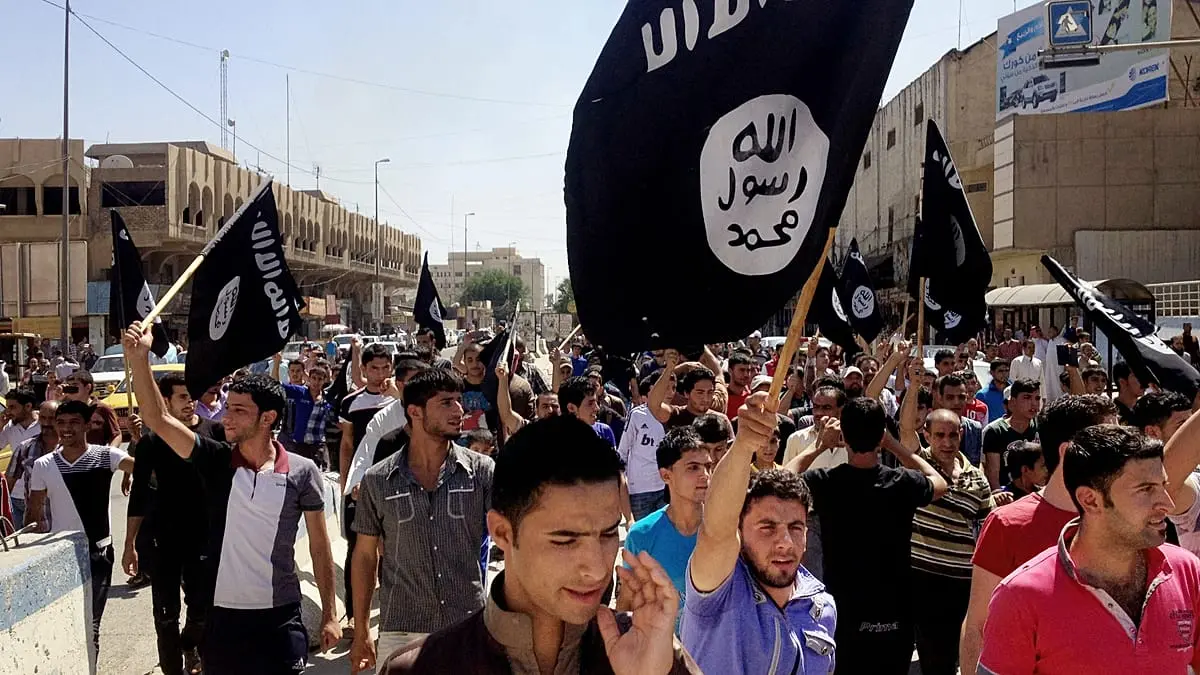Indian Railways Seeks Technological Solutions to Enhance Track Safety Following Sabarmati Express Derailment
2 Sources
2 Sources
[1]
After Sabarmati Express derailment, Railways seeks tech aid to boost track safety | India News - Times of India
NEW DELHI: The recent derailment of 22 coaches of Sabarmati Express due to an alleged sabotage could have caused massive human casualties, but for the keen eyes of loco pilot A P Bundela, 57, who spotted a "piece of old rail" placed on the track. His 15-year experience as a mail/express driver came to probably his life's best use when he jammed the emergency brakes of the train carrying 1,727 passengers and averted a major mishap. While this came as a sigh of relief, at least four recent instances of planting foreign objects on tracks such as boulders, wheels and iron rods have rung alarm bells to railway officials.The national transporter, sources said, is exploring options of using technology such as Lidar - a method of determining ranges by targeting an object or a surface with a laser and measuring the time for the reflected light to return to the receiver - and installing CCTV cameras equipped with Artificial Intelligence (AI) on every locomotive. They added that sensitive areas will be identified for more intense patrolling. In the latest Sabarmati Express accident case, the Uttar Pradesh Police have lodged an FIR against unknown persons for sabotage based on a complaint by a senior railway official claiming that the "piece of rail" was deliberately placed on the track. Railway officials said there was another incident of iron rods being placed on the rail track near Kachhpura junction in Jabalpur (Madhya Pradesh) on Aug 18. They added that the engine had hit the rods, but no accident occured. "Three iron rods of 9 mm diameter and 11 ft long were found. They have been kept for investigation," said an official. A few days ago in another incident, the Banaras-Ahmedabad train had derailed because of an accident caused due to foreign objects kept on the track near Kanpur. "These incidents are a cause of concern. We are taking all possible steps and exploring how technology can be used to prevent such accidents. CCTV cameras can catch the details of object from a certain distance while the trains need more than a kilometre to come to complete halt after applying emergency brake. It's a big challenge. Efforts are on to catch the culprits," said an official. Meanwhile, sources said railway minister Ashwini Vaishnaw and top officials have been holding meetings to finalise the range of CCTV cameras that would be installed on locomotives equipped with AI. The AI software in the cameras, after getting the image will process it to identify whether it's a foreign object or an unnatural or moving object like animals or humas, and immediately alert the drivers.
[2]
Railways Seeks Tech Aid to Enhance Track Safety After Sabarmati Express Derailment | Delhi News - Times of India
Dipak.Dash New Delhi: The recent derailment of 22 coaches of Sabarmati Express due to an alleged sabotage could have caused massive human casualties, but for the keen eyes of loco pilot A P Bundela, 57, who spotted a "piece of old rail" placed on the track. His 15-year experience as a mail/express driver came to probably his life's best use when he jammed the emergency brakes of the train carrying 1,727 passengers and averted a major mishap. While this came as a sigh of relief, at least four recent instances of planting foreign objects on tracks such as boulders, wheels and iron rods have rung alarm bells to railway officials.The national transporter, sources said, is exploring options of using technology such as Lidar -- a method of determining ranges by targeting an object or a surface with a laser and measuring the time for the reflected light to return to the receiver -- and installing CCTV cameras equipped with Artificial Intelligence (AI) on every locomotive. They added that sensitive areas will be identified for more intense patrolling. In the latest Sabarmati Express accident case, the Uttar Pradesh Police have lodged an FIR against unknown persons for sabotage based on a complaint by a senior railway official claiming that the "piece of rail" was deliberately placed on the track. Railway officials said there was another incident of iron rods being placed on the rail track near Kachhpura junction in Jabalpur (Madhya Pradesh) on Aug 18. They added that the engine had hit the rods, but no accident occured. "Three iron rods of 9 mm diameter and 11 ft long were found. They have been kept for investigation," said an official. A few days ago in another incident, the Banaras-Ahmedabad train had derailed because of an accident caused due to foreign objects kept on the track near Kanpur. "These incidents are a cause of concern. We are taking all possible steps and exploring how technology can be used to prevent such accidents. CCTV cameras can catch the details of object from a certain distance while the trains need more than a kilometre to come to complete halt after applying emergency brake. It's a big challenge. Efforts are on to catch the culprits," said an official. Meanwhile, sources said railway minister Ashwini Vaishnaw and top officials have been holding meetings to finalise the range of CCTV cameras that would be installed on locomotives equipped with AI. The AI software in the cameras, after getting the image will process it to identify whether it's a foreign object or an unnatural or moving object like animals or humas, and immediately alert the drivers.
Share
Share
Copy Link
After the recent derailment of the Sabarmati Express, Indian Railways is exploring advanced technological solutions to improve track safety and prevent future accidents.

Background of the Incident
On December 24, 2023, the Sabarmati Express experienced a derailment near Ajmer, Rajasthan, leading to injuries and highlighting the need for improved railway safety measures
1
. This incident has prompted Indian Railways to seek technological assistance to enhance track safety and prevent similar occurrences in the future.Current Safety Measures
Indian Railways currently employs various methods to ensure track safety, including regular manual inspections and the use of track recording cars. However, these methods have limitations in detecting sudden track failures or changes in track geometry that can lead to accidents
2
.Technological Solutions Under Consideration
In response to the recent derailment, Indian Railways is exploring several advanced technological solutions:
-
Artificial Intelligence and Machine Learning: These technologies could be used to analyze data from various sources to predict potential track failures and identify areas requiring immediate attention
1
. -
Drone-based Monitoring: Unmanned aerial vehicles equipped with high-resolution cameras and sensors could be deployed for regular track inspections, providing a more comprehensive view of track conditions
2
. -
IoT Sensors: The installation of Internet of Things (IoT) sensors along tracks could provide real-time data on track conditions, allowing for immediate detection of any anomalies
1
.
Collaboration with Tech Companies
Indian Railways is actively seeking partnerships with technology companies to develop and implement these advanced solutions. The railway authority has initiated discussions with several firms specializing in AI, ML, and IoT technologies to explore potential collaborations
2
.Related Stories
Expected Outcomes
By incorporating these technological advancements, Indian Railways aims to:
- Improve the accuracy and frequency of track inspections
- Enable real-time monitoring of track conditions
- Enhance predictive maintenance capabilities
- Reduce the likelihood of accidents caused by track failures
Challenges and Considerations
While the adoption of new technologies presents promising solutions, Indian Railways must also address several challenges:
- Integration with existing systems
- Training personnel to use and interpret data from new technologies
- Ensuring the reliability and accuracy of AI and ML predictions
- Managing the costs associated with implementing and maintaining new technologies
As Indian Railways moves forward with its plans to enhance track safety, the integration of these advanced technologies is expected to significantly improve the overall safety and efficiency of the railway network across the country.
References
Summarized by
Navi
Related Stories
Recent Highlights
1
OpenAI releases GPT-5.2 AI model after code red memo targets Google's Gemini 3 threat
Technology

2
Disney invests $1 billion in OpenAI, licenses 200+ characters for Sora AI video generator
Technology

3
OpenAI faces wrongful death lawsuit after ChatGPT allegedly fueled murder-suicide tragedy
Policy and Regulation








